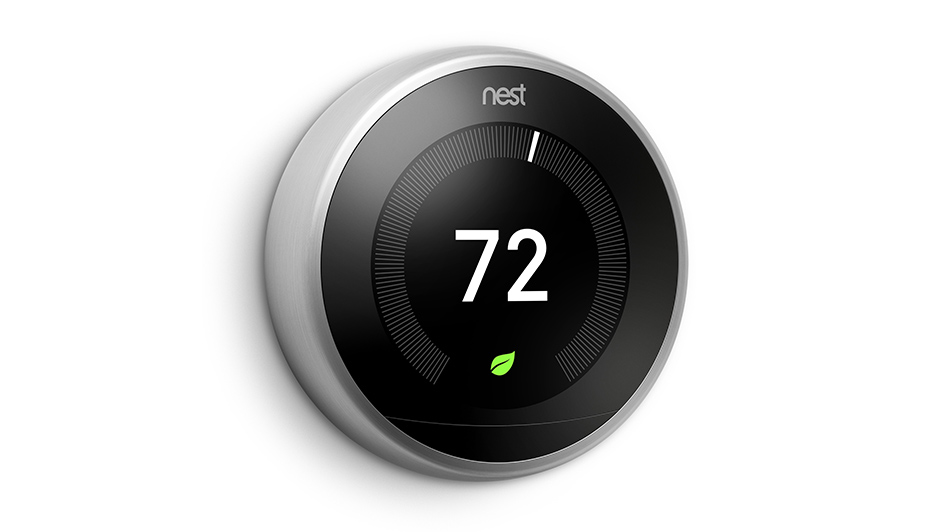
The Nest thermostat is one of the top-selling smart thermostats you can buy. And for good reason. It learns your temperature preferences and makes an energy-efficient schedule to match. And using geofencing with your phone, the Nest Learning Thermostat and Nest E realize when you’re at your residence or out and about and can raise and lower temps to help you save even more.
The Nest works with a vast range of 24-volt heating and cooling systems, but it’s always a wise idea to use the Nest thermostat compatibility checker before getting one. Don’t forget to check with your energy company for valuable rebates, since you might be able to get a Nest for free or close to it.
Once you’ve checked it’s compatible, you can either hook it up without help or hire a HVAC specialist like Bain Heating & Air Conditioning. If you’re installing it on your own, you’ll notice a terminal for the C-wire, or common wire. This wire is just used for powering your thermostat. If your house or HVAC system is older, you might not have one of these wires. In the majority of cases, Nest says this isn’t a problem because the thermostat can draw enough power from other heating and cooling wires.
Sometimes, your heating and cooling system may require that C-wire. And here’s why.
Why Your Nest Keeps Losing Power and Other Issues
The Google Nest Thermostat is an improvement from outdated programmable thermostats that have a combination of wiring and AA batteries for power. It relies on a rechargeable lithium-ion battery and wiring to link to Wi-Fi, power its digital display and run your heating and cooling system.
8 Common Nest Thermostat Problems
If it can’t receive ample power, Nest says you might encounter some of these troubles:
- Short battery life.
- Thermostat motion sensing won’t work.
- Your thermostat every now and then disconnects from Wi-Fi.
- Your system suddenly turns on or off, or won’t turn off.
- Your system is producing strange noises, like chattering, stuttering, clicking or thumping.
- Heating or cooling is short cycling, or frequently turning on and off in a short period of time.
- There is a delay message on your Nest thermostat’s screen, such as “heating is delayed for 2:30 minutes.”
- The system fan is always running, won’t turn on or turns off and on frequently in a short period of time.
You may worry something is wrong with your heating and cooling system, but if you just installed the Nest, we suggest you start with your thermostat initially. This is especially true if the weather is moderate, and you haven’t been running your heat or air conditioning much.
Our Specialists Can Solve Nest Thermostat Issues
If you’ve tried Nest thermostat troubleshooting by yourself but can’t solve the problem, a smart thermostat specialist including one from Bain Heating & Air Conditioning can provide support. We can pinpoint the issue and install a C-wire, if necessary.
Smart thermostats such as the Nest are made to make your life easier, with automatic energy-efficient programming and the ability to monitor temperatures while you’re on the go. It’s a frustrating experience when yours won’t work properly, but our heating and cooling specialists at Bain Heating & Air Conditioning can take care of the trouble fast.
If you’re experiencing odd heating and cooling behavior with your new Nest, reach out to us at 256-270-1196 to schedule your appointment now.


